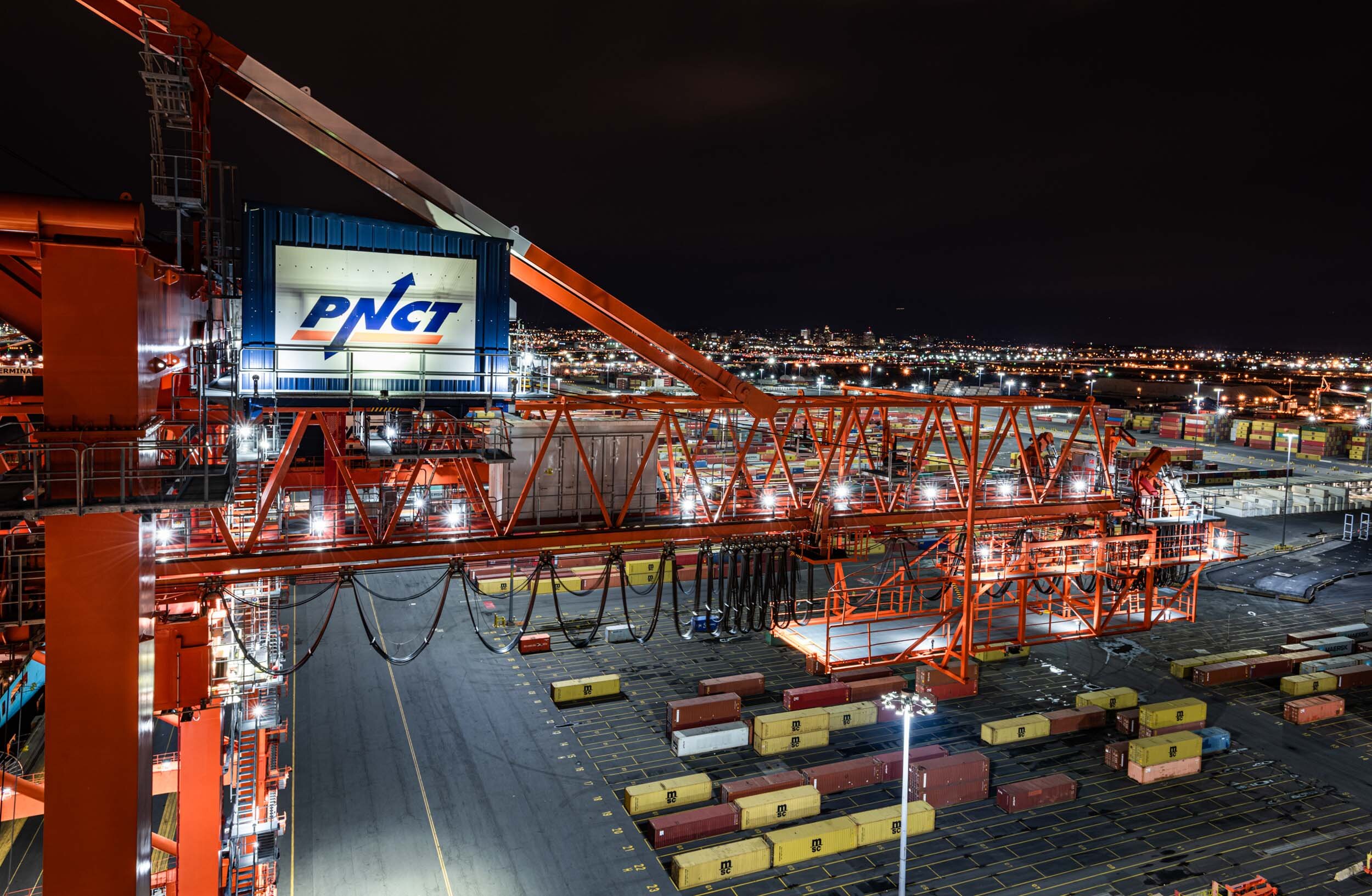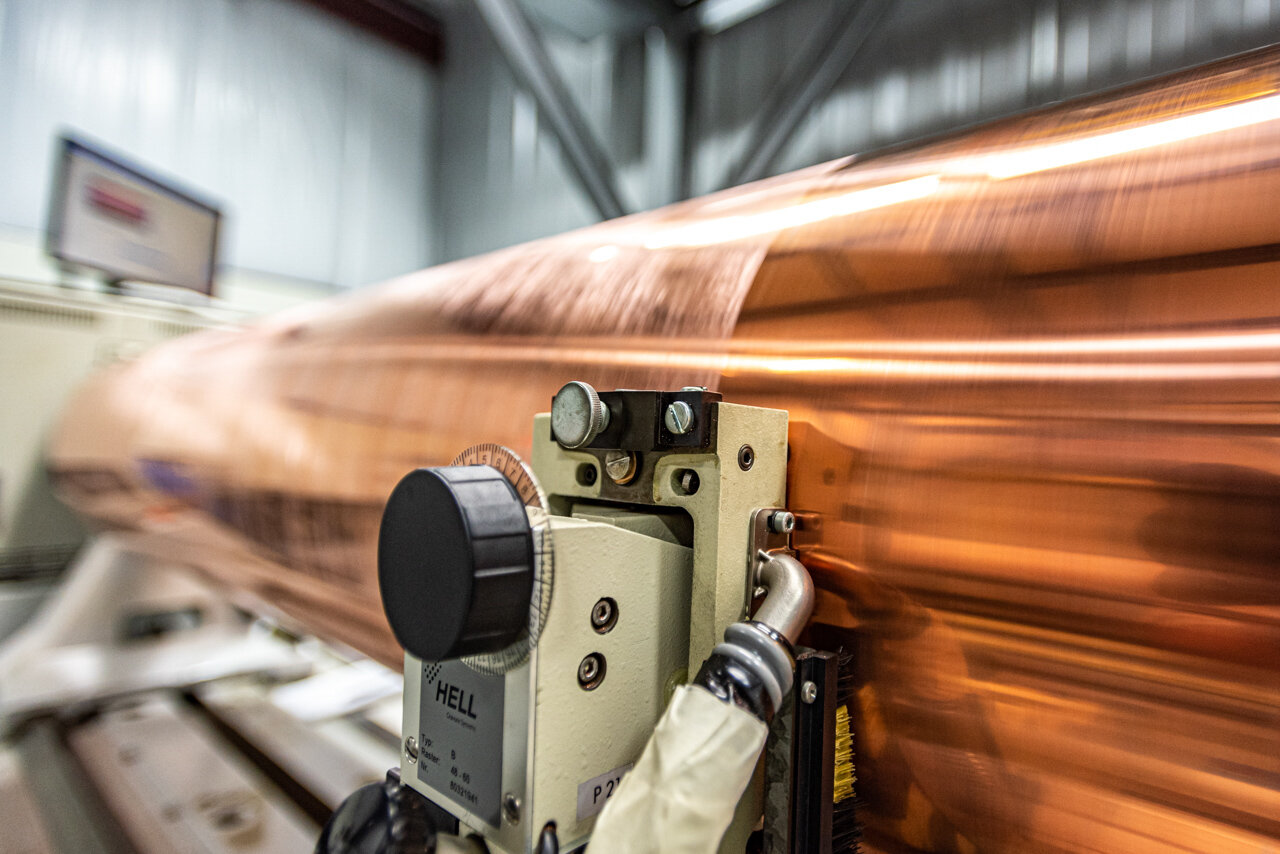The Process of Process
How the Best Industrial Photographer Works
Industrial photography is a highly specialized field. Many professional photographers assume they can apply their skills to any subject matter, and they may be correct in most cases. A portrait photographer, for instance, may have some level of success as a wedding photographer. The same use of lighting and focus apply. But industrial photography requires far more of a photographer: more flexibility, more equipment and camera technology, special lenses and an in-depth understanding of the industrial process itself. In fact, for just one manufacturer, builder or industrial commercial business, the photographer will draw on nearly every skill in his or her usual repertoire as well as skills specifically geared to the industrial, mechanical architectural or construction process.
So how does an industrial photographer differ from most commercial photographers? Here we’ve laid out some of the many aspects of industrial photography and how the process of capturing process works.
The Best
Industrial Photographer
Studies His Clients First
The highest ranked commercial photographers know that research and development are key factors in delivering the best end product. Whether a small-business owner or the head of marketing for an international manufacturing company, communication with the customer is essential to building a fruitful collaboration. But what sets the best industrial photographer apart is more than determining whether the required format is for web, print advertising or annual report. Industrial photographers must acquire a thorough understanding of the brand they will be representing. Consistent aesthetics and message are necessary in every facet of the project, every subject – from a close-up of a machine to a panorama of a factory’s assembly line – must reflect the same sensibility and be on message as stand-alone shots or as part of a series. The industrial photographer will be able to combine all elements he or she is tasked with to tell a cohesive story, adhering in every detail to the goals of the client. Commercial industrial photography requires the best photographic representation of values, process and even mood to ensure that the work resonates not only with the client but with the audience for which it is intended.
Industrial Photography
Includes Industrial Safety
When you think of industry, you may conjure images of factory or construction workers, assembly lines, products and machinery. All of those things are pieces of what an industrial photographer crafts into a cohesive whole. To cover such an expansive and diverse set of subjects requires planning on all fronts. The best industrial photographer will not only create a shot list and schedule but will also adhere to the highest standards of safety. Things like commercial product images are usually shot in the photography studio. There isn’t much that needs consideration in terms of workplace injury. A factory, on the other hand, presents countless hazards. Most industries have honed safety protocols over years, improving with new technology and evolving manufacturing protocol. But those protocols don’t usually include guidelines for photography. Industrial photographers must not only understand how to adhere to company standards but must also craft a set of their own precautions. Through planning where and when the shooting takes place, the photographer is able to maintain existing measures and discover what extra protocols are necessary to protect himself and his subjects in the process.
Industrial Photography Requires Industrial Equipment
The commercial photographer’s studio is a controlled environment and contains every available set-up for the right lighting or background. Now imagine an assembly line made up of professional welders hard at work. Imagine sparks flying, smoke diffusing in the air, pulsing fluorescent lights shining down from high above the heads of the workers. Now take a photograph. Chances are that even in your imagination the result is a mishmash of streaky light and far-away, indistinct subject matter. Industrial photography requires specialized knowledge and technology. Zoom lenses enable the industrial photographer to get the close-ups he needs without disrupting the workers or the work. Shutter speed and lighting techniques allow him or her to control reflective surfaces and uneven lighting. Even the angle of the camera, the choice between a stable shot on a tripod or a looser grip – all of these details are what distinguish the industrial photographer from his commercial photographer peers.
The Best Industrial Photographer is the Best Commercial Photographer
An industrial photographer uses his or her talents, skills and technology to achieve results for all kinds of commercial industrial applications. Construction photography, architectural photography and real estate photography are a few variations on the factory-oriented examples we’ve been using. Some photographers limit their businesses to specific products like portrait photography or wedding photography. Those specialized genres have their own sets of requirements both in terms of knowledge and equipment. An industrial photographer’s biggest distinction is the extent and depth of his knowledge in virtually every category. That’s because he or she will need to employ every style of photography to meet the goals of his clients. From the best angle on a new piece of machinery to the smile on the face of a customer service representative, the best industrial photographer knows how to get the shot.
The Best Industrial Photographer is Diego Cappella
Are you looking for an industrial photographer? Diego Cappella is a veteran commercial photographer and an award-winning industrial photographer. He has many satisfied clients, including several multinational corporations who trust him to convey their brand and message safely and beautifully. Call today to begin a collaboration of success.






